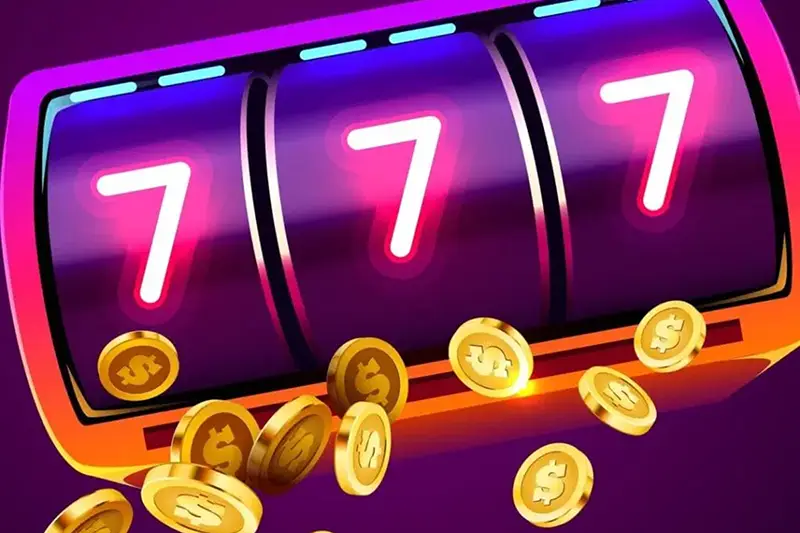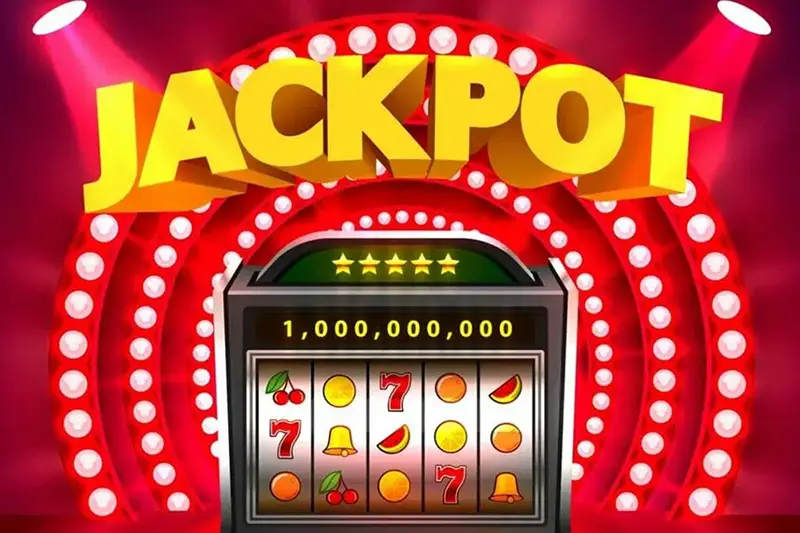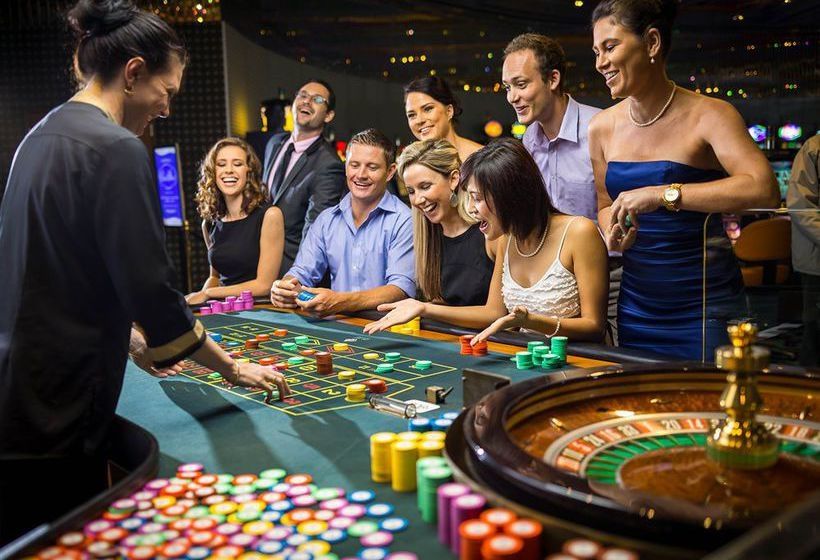Slot machines attract the attention of hundreds of thousands of people all over the world. The opportunity to try your luck, win big or simply enjoy the process makes slots one of the most popular entertainment options at online casinos. But what if it was possible to play without risk? That is why there is a demo mode, which allows you to test slot machines without having to make real bets.
The peculiarity of the demo mode in slots is that it is an exact copy of the real game, but without financial risks. Many players are interested in: whether the demo version differs from the paid one, whether the RTP is not underestimated, whether it is worth trusting such games. In the article we will consider the nuances that will help to understand the work of the free mode, its advantages, possible pitfalls and proper use.
How demo mode works in slots
Many people think that demo mode is an entertaining version of a slot that has nothing to do with real bets. However, this is not the case. The peculiarity of the demo mode in slots is that the game is played on the same software as the standard mode, with the same random number generator (RNG) algorithm. Developers do not create separate versions for testing – this is against licensing and fair play principles.

At the heart of any online slot is a random number generator (RNG), which determines the results of each spin. Winning combinations in demo mode are formed in the same way as in the real game. But the casino can apply certain restrictions: disable the function of saving progress or do not provide access to full information about payouts.
Another feature of the demo mode in slots is the ability to play without registration. Many platforms offer free slot machines, allowing users to test slots without creating an account – a convenient opportunity to learn the mechanics of the game without having to share personal details.
Demo mode in slots: players’ opinion
 Many players underestimate the demo mode in slots, believing that it has no practical value. This tool allows you to test the game, study the features of bonus rounds and even develop a betting strategy. The features of the demo mode in slots are not limited to entertainment.
Many players underestimate the demo mode in slots, believing that it has no practical value. This tool allows you to test the game, study the features of bonus rounds and even develop a betting strategy. The features of the demo mode in slots are not limited to entertainment.
A major misconception is the belief that demo mode increases the chances of winning. In reality, licensed slots operate on a fixed RTP (Return to Player), and the demo version uses the same settings as the paid game. Unscrupulous casinos may offer “tweaked” demo slots to give the player a false sense of high returns.
A common belief is that demo play is pointless, as it doesn’t bring real money. Free slot machines – a great way to learn which slots have high volatility, which give frequent wins, and which are focused on rare but large payouts. This analysis allows you to avoid rash investments and prepare for the real game.
How to play slots in demo mode: step-by-step instructions
Using the demo mode in slots is extremely simple, but requires a certain approach if the player wants to maximise the benefits. Let’s take a closer look at these approaches:
- Choosing a casino and games. To play slots for free, it is important to choose a reliable online platform or the developer’s official website. Major providers: NetEnt, Play’n GO and Microgaming, provide test versions of slots directly on the sites.
- Game settings. It is important to study the parameters: betting range, number of paylines, presence of special features (bonus rounds, jackpots, scatter and wilds).
- Analysis of gameplay. Pay attention to the frequency of wins, the work of bonuses, features of bankroll management – will help to understand how the slot behaves in the long term.
- Move on to the real game. After testing, you can decide whether to move on to betting real money.
The best online casino test slots
The online gambling market offers a huge number of slot machines that can be tested for free. Among the best online casino test slots stand out:
- Starburst (NetEnt) – a classic slot with simple gameplay and high popularity among beginners.
- Book of Dead (Play’n GO) – slot machine with high volatility and freespins bonus round.
- Gonzo’s Quest (NetEnt) – the first slot with cascading reels and an interesting multiplier system.
- Bonanza (Big Time Gaming) – a megaway system with a huge number of combinations.
- Dead or Alive 2 (NetEnt) – the most popular slot with high payouts and risky bonuses.
Slot machines allow you to understand what mechanics are preferred by different categories of players and how suitable they are for betting real money.
Pitfalls of demo mode: what casinos hide
The features of demo mode in slots make it a useful tool, but there are nuances that you should know about in advance.

Some gaming platforms offer demo versions with inflated RTP. It means that in the free game wins occur more often than in the real mode. Such a technique is used to attract players to bet real money.
It is worth considering that in the demo version there is no emotional component. In a real game, betting for money causes completely different feelings, influencing decision-making. Safe demo slots avoid this effect, but do not give a full picture of how a player will react in a real risk environment.
Conclusion
 The main feature of the demo mode in slots is that it provides players with a safe opportunity to test slots, analyse their mechanics and develop strategies without financial investment. The tool allows you to study the market, find out which machines are better suited for a certain style of play, and avoid rash spending. But it is important to keep in mind the possible marketing tricks of casinos, which can affect the perception of the demo game. If you approach testing wisely, use free slot machines for analysis rather than entertainment, you can significantly increase the chances of a successful game in real mode.
The main feature of the demo mode in slots is that it provides players with a safe opportunity to test slots, analyse their mechanics and develop strategies without financial investment. The tool allows you to study the market, find out which machines are better suited for a certain style of play, and avoid rash spending. But it is important to keep in mind the possible marketing tricks of casinos, which can affect the perception of the demo game. If you approach testing wisely, use free slot machines for analysis rather than entertainment, you can significantly increase the chances of a successful game in real mode.
 en
en  ru
ru  de
de  ar
ar  es
es  hi
hi  nl
nl  fr
fr  it
it  pt
pt  el
el 



